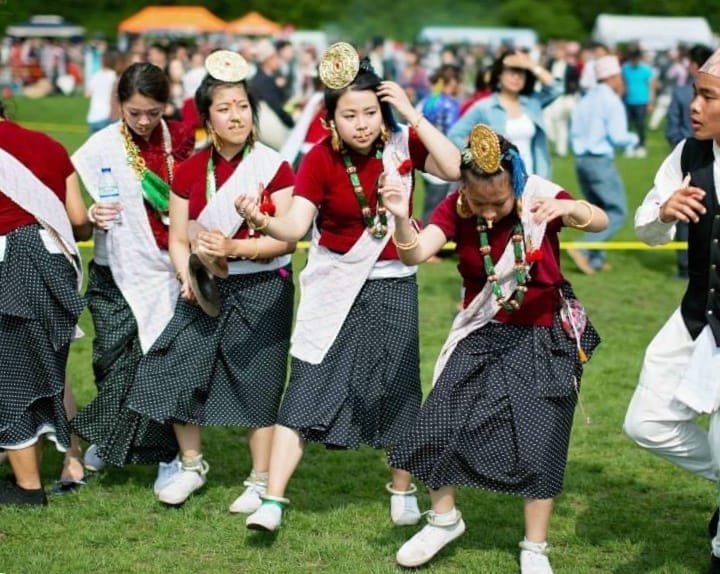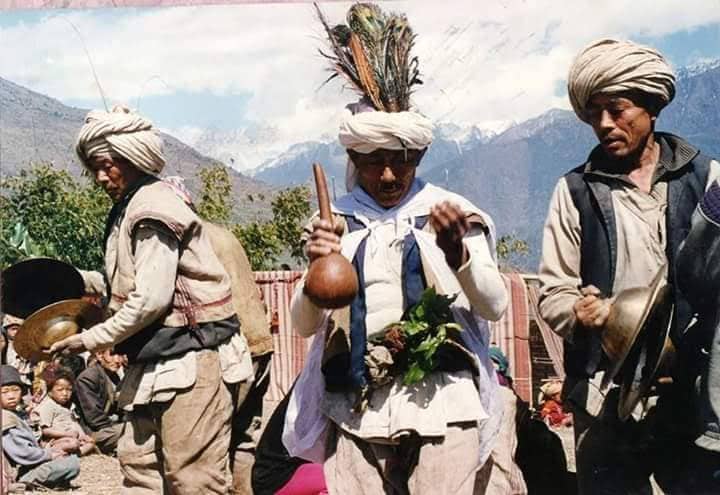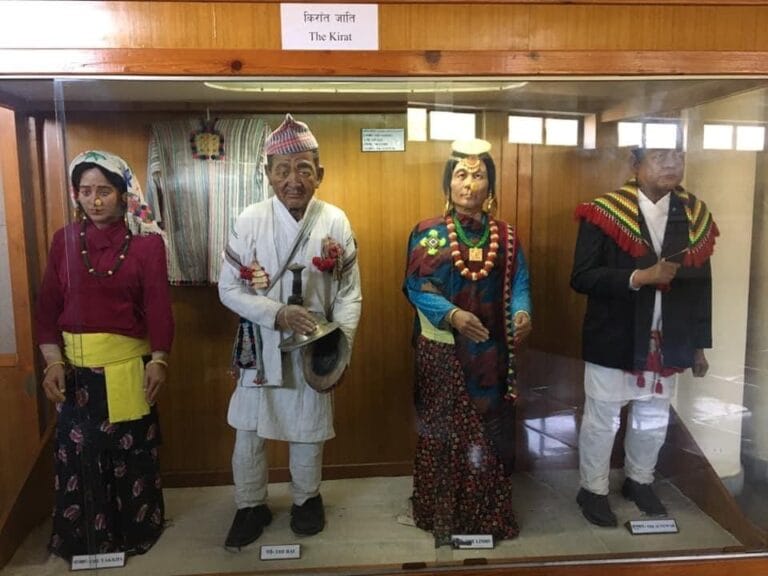Published on 24 October 2024
Exploring the Himalayan Wonders: From Nepal to Kalimpong
The Kiratians, or Himalayan people, have a rich history deeply connected to the culture of the eastern Himalayas. This region celebrates its Himalayan Wonders from Nepal to Kalimpong.
Notably, during the 8th and 9th centuries, cultural exchanges between the Kirat people and Tibetan migrants significantly shaped the area’s traditions and heritage. Furthermore, “Kirat” represents migration, cultural changes, and the evolving identity of the Himalayan people.
These communities thrive across Nepal, Sikkim, Darjeeling, and Kalimpong, with their histories intricately tied to the challenging landscapes of the eastern Himalayas. Moreover, the term “Kirat” highlights their diversity and adaptability, which ultimately fostered the development of unique ethnic identities.
Regions of the Kiratians: Exploring the Heritage and Legacy of Himalayan Wonders Nepal to Kalimpong
These communities are mainly found in the eastern Himalayan regions:
- Nepal: A landlocked country in South Asia, Nepal hosts Mount Everest, the world’s highest peak. Its stunning landscapes and cultural variety reflect diverse climates and rich traditions.
- Bhutan: This small kingdom is renowned for natural beauty, environmental preservation, and Buddhism. Additionally, numerous monasteries and temples enrich its cultural heritage.
- Sikkim: Known for snow-covered mountains, green valleys, and clear rivers, Sikkim boasts a unique high-altitude climate and strong cultural traditions.
- Darjeeling and Kalimpong (West Bengal): Darjeeling, called the “Queen of the Hills,” is famous for tea plantations and cultural significance. Similarly, Kalimpong, influenced by Tibetan culture, features Buddhist monasteries and vibrant traditions.
Together, these regions blend culture and nature seamlessly, showcasing the rich traditions and natural beauty of the eastern Himalayas. In addition, the Kirat peoples’ history, shaped by migration and cultural changes, adds immense value to these vibrant communities.
Conclusion
Overall, the eastern Himalayas stand as a living reminder of the Kirat peoples’ strength and energy. Their migration and cultural evolution have shaped the region’s rich culture and environment. Today, Nepal, Bhutan, Sikkim, Darjeeling, and Kalimpong thrive as places where history, identity, and natural beauty beautifully merge.
Engage with the Eastern Himalayas: Share, Explore, and Celebrate
Finally, embark on a journey to explore the rich history, culture, and natural beauty of the eastern Himalayas. Whether planning a visit or learning about Nepal, Bhutan, Sikkim, Darjeeling, and Kalimpong, immerse yourself in this captivating region. Share your experiences and celebrate the profound connection between the Kirat peoples and their land.
The Kiratians, or Himalayan people, have a rich history deeply connected to the culture of the eastern Himalayas. This region celebrates its Himalayan Wonders from Nepal to Kalimpong.
Notably, during the 8th and 9th centuries, cultural exchanges between the Kirat people and Tibetan migrants significantly shaped the area’s traditions and heritage. Furthermore, “Kirat” represents migration, cultural changes, and the evolving identity of the Himalayan people.
These communities thrive across Nepal, Sikkim, Darjeeling, and Kalimpong, with their histories intricately tied to the challenging landscapes of the eastern Himalayas. Moreover, the term “Kirat” highlights their diversity and adaptability, which ultimately fostered the development of unique ethnic identities.
Regions of the Kiratians: Exploring the Heritage and Legacy of Himalayan Wonders Nepal to Kalimpong
These communities are mainly found in the eastern Himalayan regions:
- Nepal: A landlocked country in South Asia, Nepal hosts Mount Everest, the world’s highest peak. Its stunning landscapes and cultural variety reflect diverse climates and rich traditions.
- Bhutan: This small kingdom is renowned for natural beauty, environmental preservation, and Buddhism. Additionally, numerous monasteries and temples enrich its cultural heritage.
- Sikkim: Known for snow-covered mountains, green valleys, and clear rivers, Sikkim boasts a unique high-altitude climate and strong cultural traditions.
- Darjeeling and Kalimpong (West Bengal): Darjeeling, called the “Queen of the Hills,” is famous for tea plantations and cultural significance. Similarly, Kalimpong, influenced by Tibetan culture, features Buddhist monasteries and vibrant traditions.
Together, these regions blend culture and nature seamlessly, showcasing the rich traditions and natural beauty of the eastern Himalayas. In addition, the Kirat peoples’ history, shaped by migration and cultural changes, adds immense value to these vibrant communities.
Conclusion
Overall, the eastern Himalayas stand as a living reminder of the Kirat peoples’ strength and energy. Their migration and cultural evolution have shaped the region’s rich culture and environment. Today, Nepal, Bhutan, Sikkim, Darjeeling, and Kalimpong thrive as places where history, identity, and natural beauty beautifully merge.
Engage with the Eastern Himalayas: Share, Explore, and Celebrate
Finally, embark on a journey to explore the rich history, culture, and natural beauty of the eastern Himalayas. Whether planning a visit or learning about Nepal, Bhutan, Sikkim, Darjeeling, and Kalimpong, immerse yourself in this captivating region. Share your experiences and celebrate the profound connection between the Kirat peoples and their land.
The Kiratians, or Himalayan people, have a rich history deeply connected to the culture of the eastern Himalayas. This region celebrates its Himalayan Wonders from Nepal to Kalimpong.
Notably, during the 8th and 9th centuries, cultural exchanges between the Kirat people and Tibetan migrants significantly shaped the area’s traditions and heritage. Furthermore, “Kirat” represents migration, cultural changes, and the evolving identity of the Himalayan people.
These communities thrive across Nepal, Sikkim, Darjeeling, and Kalimpong, with their histories intricately tied to the challenging landscapes of the eastern Himalayas. Moreover, the term “Kirat” highlights their diversity and adaptability, which ultimately fostered the development of unique ethnic identities.
Regions of the Kiratians: Exploring the Heritage and Legacy of Himalayan Wonders Nepal to Kalimpong
These communities are mainly found in the eastern Himalayan regions:
- Nepal: A landlocked country in South Asia, Nepal hosts Mount Everest, the world’s highest peak. Its stunning landscapes and cultural variety reflect diverse climates and rich traditions.
- Bhutan: This small kingdom is renowned for natural beauty, environmental preservation, and Buddhism. Additionally, numerous monasteries and temples enrich its cultural heritage.
- Sikkim: Known for snow-covered mountains, green valleys, and clear rivers, Sikkim boasts a unique high-altitude climate and strong cultural traditions.
- Darjeeling and Kalimpong (West Bengal): Darjeeling, called the “Queen of the Hills,” is famous for tea plantations and cultural significance. Similarly, Kalimpong, influenced by Tibetan culture, features Buddhist monasteries and vibrant traditions.
Together, these regions blend culture and nature seamlessly, showcasing the rich traditions and natural beauty of the eastern Himalayas. In addition, the Kirat peoples’ history, shaped by migration and cultural changes, adds immense value to these vibrant communities.
Conclusion
Overall, the eastern Himalayas stand as a living reminder of the Kirat peoples’ strength and energy. Their migration and cultural evolution have shaped the region’s rich culture and environment. Today, Nepal, Bhutan, Sikkim, Darjeeling, and Kalimpong thrive as places where history, identity, and natural beauty beautifully merge.
Engage with the Eastern Himalayas: Share, Explore, and Celebrate
Finally, embark on a journey to explore the rich history, culture, and natural beauty of the eastern Himalayas. Whether planning a visit or learning about Nepal, Bhutan, Sikkim, Darjeeling, and Kalimpong, immerse yourself in this captivating region. Share your experiences and celebrate the profound connection between the Kirat peoples and their land.




